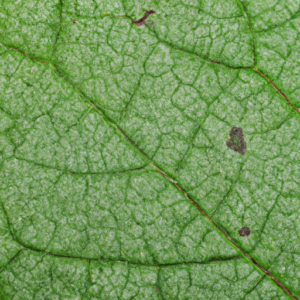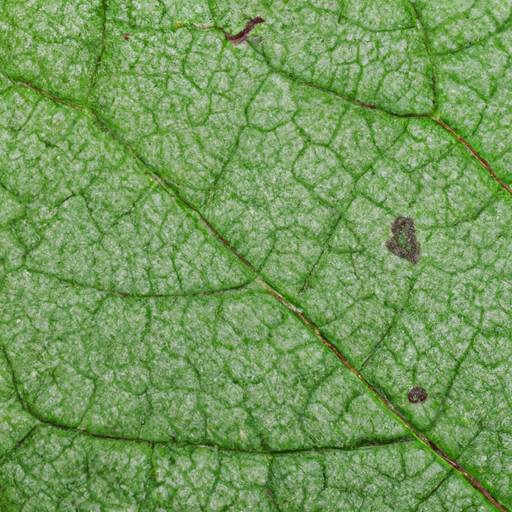What is Lichen Planus? Get Ready to Kiss It Goodbye with Natural Remedies!
Hey there! So, have you heard about Lichen Planus? It’s a skin condition characterized by itchy, flat, red or purple bumps that can appear anywhere on the body. The exact cause is not yet clear but experts say it could be triggered by an autoimmune reaction or an allergy to certain medications, infections, or chemicals.
But don’t worry, there are natural remedies for Lichen Planus that can help relieve symptoms and improve skin health. In this blog, I’ll share some of these remedies based on my personal experience and research.
Diet and Nutrition: Let’s Feed Our Skin
Hey there, it’s me again, your friendly neighborhood blogger. Today, let’s focus on what we put into our bodies when it comes to fighting lichen planus. Eating healthy is beneficial to both our skin and our overall health. I recently came across an article by Brightside Beauty that has some great insights on this topic. Check it out here: https://brightsidebeauty.com/can-lichen-planus-be-cured/.A diet rich in whole foods is thought to be helpful for people with lichen planus. Fresh fruits and vegetables contain essential vitamins and minerals that promote healthy skin. Eating a variety of colorful fruits and vegetables ensures that you get all the beneficial nutrients your body needs. In addition to whole foods, nutritional supplements can also be a valuable addition to your diet. Vitamin D, vitamin A, and omega-3 fatty acids are all beneficial for skin health. Talk to your doctor or a registered dietitian to determine if supplements are right for you. It’s important to note that certain foods can trigger lichen planus in some people. Eliminating or reducing intake of potential trigger foods like tomatoes, citrus fruits, and spicy foods may help reduce symptoms. It’s important to remember that everyone’s triggers may be different, so it’s a good idea to keep a food diary to track any potential culprits. Overall, maintaining a healthy diet with plenty of fresh fruits and vegetables can help promote healthy skin and support lichen planus treatment. Along with incorporating a variety of whole foods and potentially adding supplements, the goal should be to aim for a balanced diet overall.
Herbal Remedies for Lichen Planus
Now, let’s talk about the power of herbs for relieving Lichen Planus symptoms. Some of the most commonly used herbs for this condition are chamomile, licorice root, and turmeric. Chamomile is known for its calming and anti-inflammatory properties, while licorice root can help reduce inflammation and promote wound healing. Turmeric is also anti-inflammatory and has been shown to have a protective effect on the skin. To prepare herbs for use, I usually make tea or infusions. For example, for chamomile tea, simply steep chamomile flowers in hot water for a few minutes and drink. For licorice root infusion, simmer the root in water on low heat for about 20 minutes, then strain and drink. For turmeric tea, combine turmeric powder with hot water and a small amount of honey or ginger for taste. It’s important to note that different herbs may work better for different people, so it’s worth experimenting to find what works best for you. Additionally, it’s always a good idea to consult with a healthcare professional before adding any new herbs or supplements to your routine.
Homeopathic Treatments: A Holistic Approach
Another alternative therapy that has shown promise in treating lichen planus is homeopathy. Homeopathy is based on the idea that “like cures like,” meaning a substance that causes symptoms in a healthy person can be used to treat similar symptoms in a sick person.
There are several homeopathic remedies that can be used to treat lichen planus, including arsenicum album, sepia, sulphur, and rhus toxicodendron. These remedies may come in different dilutions and forms, such as pellets, tablets, and liquids, so it is important to consult with a homeopathic practitioner to determine the best dosage and preparation method.
One common dilution method used in homeopathy is the “C scale,” which involves diluting the original substance in water or alcohol at a ratio of 1:100, and then repeating this process several times. The final dilution is labeled with a number followed by a “C,” indicating the number of times the substance was diluted. For example, a 6C dilution means the original substance was diluted six times using the 1:100 ratio.

Homeopathic remedies are generally safe and have few side effects, but it is still important to use them under the guidance of a qualified practitioner. It is also important to note that homeopathic remedies may take time to work, and there may be a “rebalancing” period where symptoms worsen before getting better.
In addition to homeopathy, other natural therapies such as acupuncture and aromatherapy may also be beneficial in treating lichen planus. Every person is unique, so it may take some experimentation to find the right combination of therapies that works for you.
“Alternative Approaches to Healing Lichen Planus”
If diet and herbal remedies don’t help you treat Lichen Planus, there are still other alternative therapies that can target your condition. Acupuncture, for example, has been known to alleviate various skin conditions including Lichen Planus, by regulating the immune system’s response to inflammation.
Another natural therapy to consider is aromatherapy. Essential oils such as lavender, clary sage, bergamot and eucalyptus can be diluted into a carrier oil and applied topically to reduce inflammation and support immune health.
If you’ve tried natural treatments with no success, it’s possible that a longer-term approach may be required. Long-standing mental and emotional stress can compromise the immune system, which may contribute to the development of Lichen Planus. Consulting with a knowledgeable health practitioner to develop a personalized, multi-disciplinary approach can be an effective way to gain control over the condition.
It’s important to remember that natural therapies take time to work and may not work for everyone. Stay patient, persistent and learn to listen to your body. With the right combination of natural treatments, you can reduce inflammation, support immune health and minimize the discomfort caused by this skin condition.
Summing it Up: Natural Remedies for Lichen Planus
So there you have it, my take on potential natural remedies for lichen planus. From diet and nutrition to herbal remedies, homeopathic treatments, and other natural therapies like acupuncture and aromatherapy, there are many options to explore when it comes to managing this skin condition.
One thing to keep in mind is that what works for one person may not work for another, so it may take some trial and error to find the right treatment plan for you. And of course, it’s always a good idea to consult with a healthcare provider before starting any new supplements or therapies.
However, I do believe that trying natural remedies for lichen planus is worth considering, especially if conventional treatments aren’t providing relief. Whether it’s incorporating more whole foods into your diet or trying out an herbal salve, there are many ways to support the health of your skin and overall well-being.
Overall, I hope this information has been helpful in your journey towards managing lichen planus in a natural and holistic way. Here’s to healthy, happy skin!
